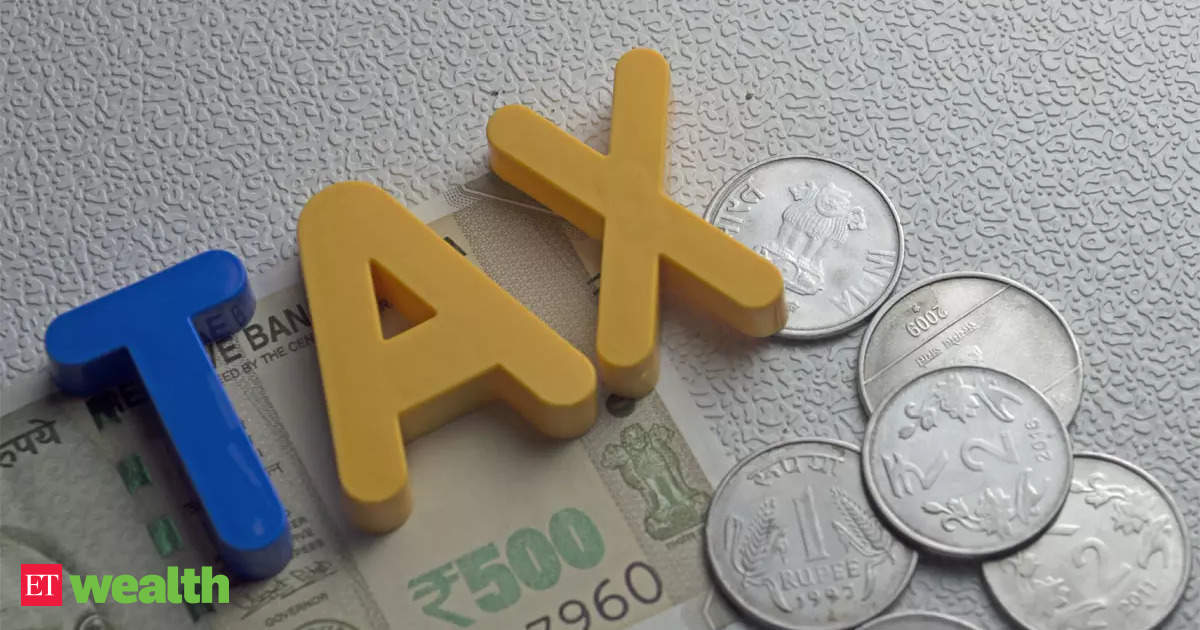Net tax collections in the first four months of the fiscal year 2024-25 have been robust at 21 per cent year-on-year against a required growth of 11 per cent to meet the budgeted targets mentioned in the July Budget 2024. It is entirely driven by a 53 per cent growth in income tax. Growth in all other tax items, such as corporate taxcustoms, etc., is below budgeted targets. Table 3 shows that non-tax revenues are high, recovering from the benefit of a super-high dividend transferred by the Reserve Bank of India (RBI) in May 2024. States have received a total of Rs 3.7 trillion under tax devolutions, up 18% from Rs 3.1 trillion last year, but broadly in line with expectations.
Table 1: Fiscal deficit is well below typical trends observed
Table 2: This is due to a combination of higher revenues (up 32% year-on-year) and lower expenses (-6% year-on-year)

Table 3: Income tax collection drives tax growth

On the expenditure side, revenue declined by 2% in the first four months of fiscal year 2024-25. Expenditures by the department on fertilizers (mainly subsidies) and transfers to states are drying up as shown in Table 4. Capital expenditure is down by 18% year-on-year. There is lower capital expenditure in all key ministries such as roads, railways, defence and state capital expenditure borrowings except for the Housing and Urban Affairs department as shown in Table 5.Table 4: Fertilizer department expenditure (mainly subsidies) and transfers to states are low

Table 5: There is a widespread reduction in spending across all key ministries (roads, railways, defence, state capital borrowing) except the Department of Housing and Urban Affairs.

The government has tried to efficiently manage its borrowing cost by reducing its short-term borrowings and announcing lower borrowing through government securities during the first half of fiscal year 2024-25. However, the government’s cash balance has been perennially above Rs 2 trillion since May 2024. Small savings collections are estimated to have totalled Rs 979 billion, which is 29% lower than the same period last year. For the entire fiscal year 2024-25, the government estimates National Small Savings Fund (NSSF) collections to be Rs 4.24 trillion, which is 3% lower than last year. However, there are some cushions this year due to a healthy cash balance.
Government spending is expected to pick up now that the Lok Sabha elections are over. However, we still suspect that the final capital expenditure in FY 2024-25 could be Rs 500 billion lower than last year. In Budget 2024, the government has allocated Rs 662 billion for capital expenditure under new schemes. Whether this takes off remains to be seen.
Table 6: Factors driving income tax collection

Table 7: What factors determine taxpayers’ reported income? Long-term capital gains tax grows more sharply as asset holders record gains

Source: CGA, Union Budget, SBIFM Research
The internal aspects of tax collection are worrying at the margin. Except for income tax, all other tax components are recording very moderate growth in collection: corporate tax, 5% year-on-year; Goods and services tax accrued to Center 9% yoy, excise 1% yoy, and custom 4% yoy.
As a caveat, we have noted that corporate tax growth tends to be weak in the initial months of the fiscal year and pick up in the later months (corporate tax declined 10% year-on-year during April-July 2023, full FY24 corporate tax grew 10.3%). In short, income tax registers the most fiscal dynamism for the central government.
Looking at reported income from individual taxpayers, it appears that stock market gains show the most pronounced growth in reported income. Long-term capital gains income has grown by 60%. Compound Annual Growth Rate (CAGR) during fiscal year 2020-21 to fiscal year 2023-24, while other income, such as income from salaryReal estate is showing respectable growth. Therefore, the government also seems to benefit from rising stock market returns. Therefore, if the stock market corrects, even the government’s tax collection momentum could be affected.
For fiscal year 2024-25, revenue collections appear on track to keep the overall fiscal deficit under control. There is a strong possibility that capital expenditure will again come in below budget and fiscal deficit surprises will be positive.
(The article is written by Namrata Mittal, Chief Economist, SBI Mutual Fund.)
Disclaimer:
The information contained in this post is for general information purposes only. We make no representations or warranties of any kind, express or implied, about the completeness, accuracy, reliability, suitability or availability with respect to the website or the information, products, services, or related graphics contained on the post for any purpose.
We respect the intellectual property rights of content creators. If you are the owner of any material featured on our website and have concerns about its use, please contact us. We are committed to addressing any copyright issues promptly and will remove any material within 2 days of receiving a request from the rightful owner.

